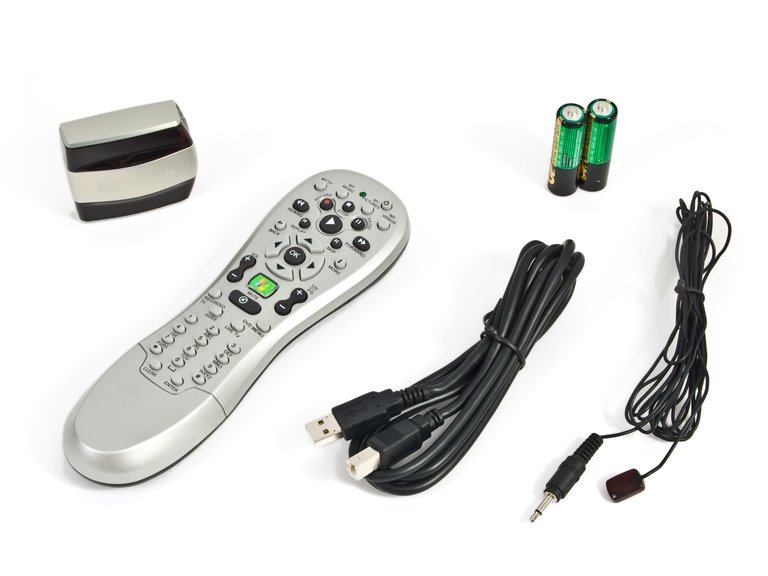Remote Relay: Difference between revisions
Jump to navigation
Jump to search
| Line 26: | Line 26: | ||
* If you want to control external equipment, such as TV's, cable boxes, and audio amplifiers, you'll need to add that functionality. The following example shows how to modify commands to control the volume on an external audio amplifier. This is useful if you output digital sound from your computer to your amp, since, in this case the volume control within Media Center does not affect the final volume on the amplifier. |
* If you want to control external equipment, such as TV's, cable boxes, and audio amplifiers, you'll need to add that functionality. The following example shows how to modify commands to control the volume on an external audio amplifier. This is useful if you output digital sound from your computer to your amp, since, in this case the volume control within Media Center does not affect the final volume on the amplifier. |
||
= Example = |
|||
* From the command list, select the "Volume Up" command. |
|||
* Click the "Edit Command" button. |
|||
* A dialog will show that there is a single action associated with the "Volume Up" command, a Media Center command to increase the volume. Leave this action in the list, since you may decide to output analog audio from time to time. |
|||
* Add a "blast" action to raise the volume on the amplifier. This means that, when you press the "Volume Up" key on your Universal Remote, an IR signal will be output to your amplifier through the blaster you placed in front of the amplifier in an earlier step. That IR signal will increase the amp's volume just as if you pressed the Volume-Up button on the amplifier's own remote control. |
|||
* Click the "Add Blast" button in the dialog. A pop-up message will appear saying it's ready to record an IR signal from a remote control. |
|||
* Point the amplifier's remote control (not the Universal Remote!) at the transceiver and press the Volume-Up button. When the recording is complete, the pop-up will go away and the action list will show the newly created blaster command. |
|||
* Click "Done" on the dialog. |
|||
* From now on, pressing the Volume-Up button on the Universal Remote will simultaneously raise the volume slider in Media Center and increase the volume on the external audio amplifier. |
|||
* Continue fine-tuning commands as needed. When complete, click the Ok button and start using your remote. |
|||
[[Category: Frequently Asked Questions]] |
[[Category: Frequently Asked Questions]] |
||
Revision as of 16:13, 21 July 2009
What it does
MC14 introduced the ability to control other devices by using a transceiver and cables called emitters. This feature lets you use the MCE remote to turn on the power to your TV, consumer electronics amplifier, or set top box, for example, or to adjust the volume on your amp. Anything you can do with any other IR remote for your home audio setup can be done with Remote Relay.
J. River offers Remote Relay as a hardware package for $39.98.
What you need
- J. River Media Center (Version 14.0.34 or above)
J. River offers the Remote Relay hardware package for $38.98. -- plus $5 shipping to an address in the United States -- or $10 shipping to other addresses.
It includes:
- An IR (or RF) "transceiver" device that connects with USB to your computer.
- Two IR emitters (or "blasters") that plug into the transceiver's 1/8" jacks. You can attach these blasters in front of the equipment you want to control, such as a cable set top box, a receiver, or a TV.
- A high quality MCE remote (shown above).
Fine tuning
- You can modify the actions performed by a command. By default, most commands will execute a single "MCC" command within Media Center such as "Play", "Pause", "Mute", or "Fast forward".
- If you want to control external equipment, such as TV's, cable boxes, and audio amplifiers, you'll need to add that functionality. The following example shows how to modify commands to control the volume on an external audio amplifier. This is useful if you output digital sound from your computer to your amp, since, in this case the volume control within Media Center does not affect the final volume on the amplifier.
